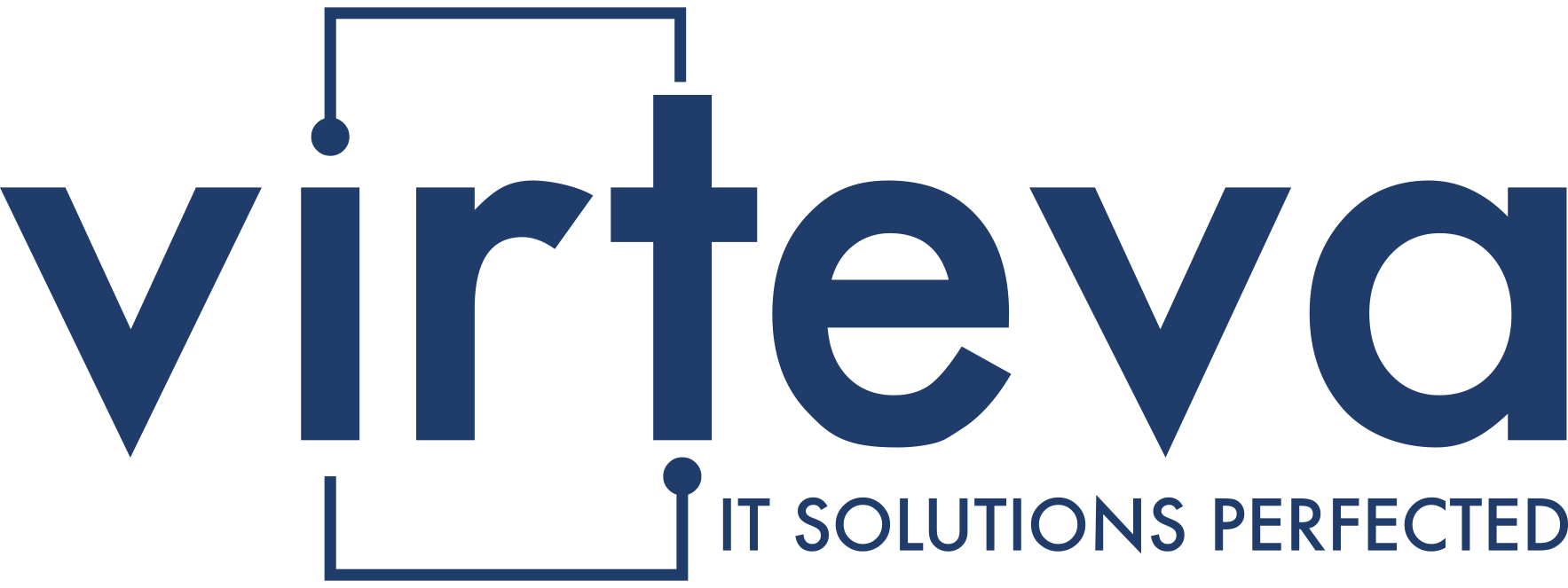By 2025, the global cloud computing market is expected to grow from 371 billion dollars to 832 billion. With that exponential growth comes an even greater risk for breaches and threats from bad actors.
In the past 12 months, 45% of businesses have experienced cloud-based data breaches or failed audits, an increase of 5% from last year, raising even greater concerns about the protection of sensitive data from cybercriminals.
So how can the digital enterprise stay ahead of cloud security? We’ll review the top five best practices below.
What Is Cloud Security?
As the name suggests, it’s the security of the data that’s being stored and transferred in the cloud.
Security should always come first – especially on the Internet. As more people work from home across multiple devices, without proper security, anyone that steals the credentials can gain access to sensitive company data. You won’t know there is a breach until too late.
That’s why proper cloud security measures are vital. Always treat cloud security as you would normal physical security. Because the risks involved are just as severe, and costly – both monetarily and to your business reputation.
Below are the top 5 cloud security practices to protect your data from malicious hackers.
1. Use Data Encryption
The highest level of risk occurs when enterprise data undergoes a transfer or when it is stored in a third-party environment, such as a cloud server. Encryption in the cloud ensures data security both at rest and in motion.
Data must be protected 24/7 as workflow structures become more flexible and employees shift shifts, shuffle devices, or move locations. Unprotected networks are highly vulnerable to damage from bad actors if they are not secured
Secure messaging apps like WhatsApp and Telegram use end-to-end encryption. These encryption methods are so strong that even WhatsApp and Telegram don’t know about the texts and images the users are exchanging.
That’s why data encryption is one of the most popular and best forms of data protection methods.
Organizations also use it to safeguard data they’re uploading and transferring into the cloud to keep it safe.
Why?
Because the essence of data encryption is – translating the data, the words, into something else. So, it’s unreadable by unwanted hacker eyes – unless decrypted.
Computers have progressed enough so that no other device than the encrypting device can decrypt the data. Although, theoretically, it’s possible to decrypt any data – over a few thousand years. So, even if some hacker got access to the data, unless they have the key required to decrypt the data, it’s useless, and the data is safe.
2. Secure User Endpoints
Always ensure you require users to have an extra step before accessing their accounts.
Why?
Let’s say someone has the key to your house and is trying to get in. But to enter, you must open it from inside the house too. And for that, you’d need proof of identity of the person trying to enter. It could be your spouse or brother. Ultimately, adding a new layer of security to your house.
Just like that, adding multi-factor authorization (MFA) to user accounts can harden account security. A user shouldn’t be able to enter an account with just a password. Because that way, they could just phish a password and access all the data in your cloud.
Different levels of MFA include:
Bad – No MFA
- Basic or hard passwords
Good – Passwords +
- SMS authentication
- Phone Call authentication
Better – Passwords +
- Push notifications
- Software token OTP
- Hardware token OTP
Best – Passwordless Biometric
- FIDO2 Fingerprint Security Key
- Windows Hello
Microsoft claims that MFAs can block 99.9% of unauthorized login attempts. Also, the verification notification will alarm you about the failed attempt to log into your account.
3. Separate Administrator And User Accounts
All the employees in an office don’t have the same level of access to data. Similarly, all the users shouldn’t have the same admin privileges. Because every user having the same power level would increase the risk margins.
Members of the IT team or managers can have more access to the proper management of the could. Admin accounts shouldn’t be able to browse the web as it increases the exposure and risks these accounts are subjected to.
If proper separation isn’t implemented, anyone with an account could gain access to the data in the cloud and do extreme damage and even take over the whole cloud. Regular accounts that don’t need any admin privileges shouldn’t have any. So, varying power levels among accounts can lessen damage in worst-case scenarios.
4. Use Proper Security Tools
Organizations are always using multiple cloud services at the same time. And monitoring all of them is tough. There have been multiple cases where data was left completely open because of weak cyber security measures. Hackers can easily find and steal them. That’s why cloud security posture management (CSPM) is so important.
CSPM is a system of tools and services that assist the security team in automating the security process and highlight all sorts of warnings and developments in the cloud system. This is especially helpful if the network has multiple cloud services simultaneously being used. CSPM will automate these, help reduce many risks, and secure the system.
5. Staff Security Training
No amount of security tools and account separation will help if your staff doesn’t understand the risks associated with the cloud and the Internet. With the training, the users are less likely to expose themselves to threats and deal with threats more effectively.
So the training is necessary to reinforce the basics, like the need for:
- Strong passwords
- The terms
- Security tools
- What security tools do
- Common risks they might face, like phishing emails, etc.
They must understand the threats and how to deal with them accordingly.
Plus, the cyber landscape is changing daily. That’s why regular specialized training is required for the security staff – to keep up with the regularly changing threats and how to deal with them.
If you can’t train staff or don’t have the right staff – you might want to look to hiring a managed service provider to help safeguard your enterprise.
Using the right combination of people, processes, and technology, MSPs can assess your infrastructure and make recommendations to secure your digital enterprise.
To Wrap It Up
Fear of data breaches shouldn’t be stopping you from getting all the advantages associated with cloud services. You’re likely to face fewer (probably none) security issues if you follow the necessary security practices.
Implement these practices properly to your organization’s security practices and take advantage of all the advantages cloud-based services can give you.




